Latest

Scientists observe predator-prey dynamics in a quantum system
Scientists find predator-prey-like interactions in spinning particles, challenging physics and opening doors for quantum tech.
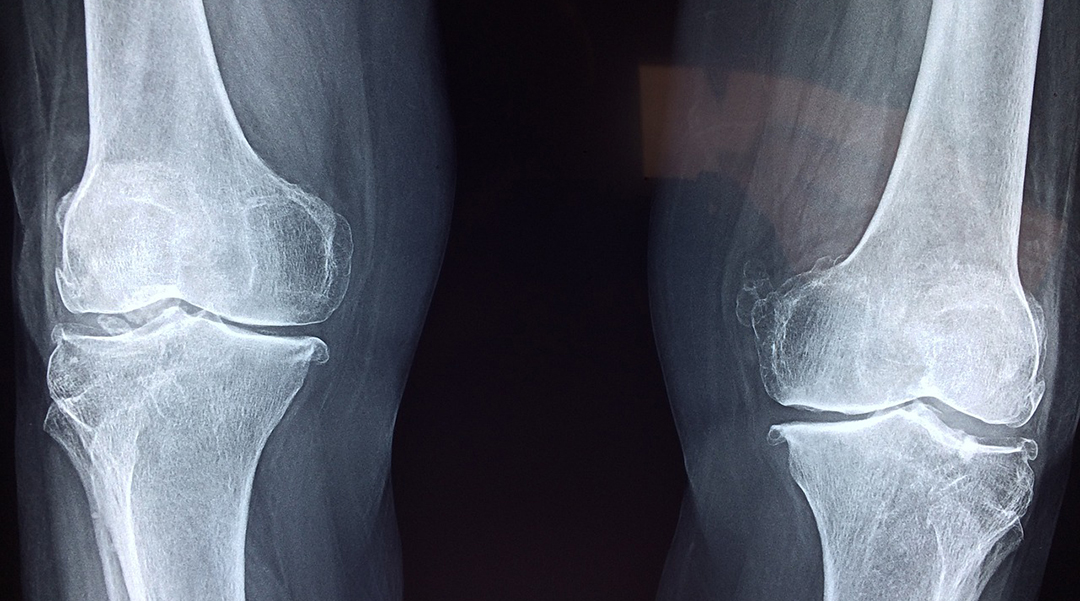
Chirality could be the key to successful bone repair
Bone implants integrate better with the body when they mimic the natural handiness of molecules that make up our bones.
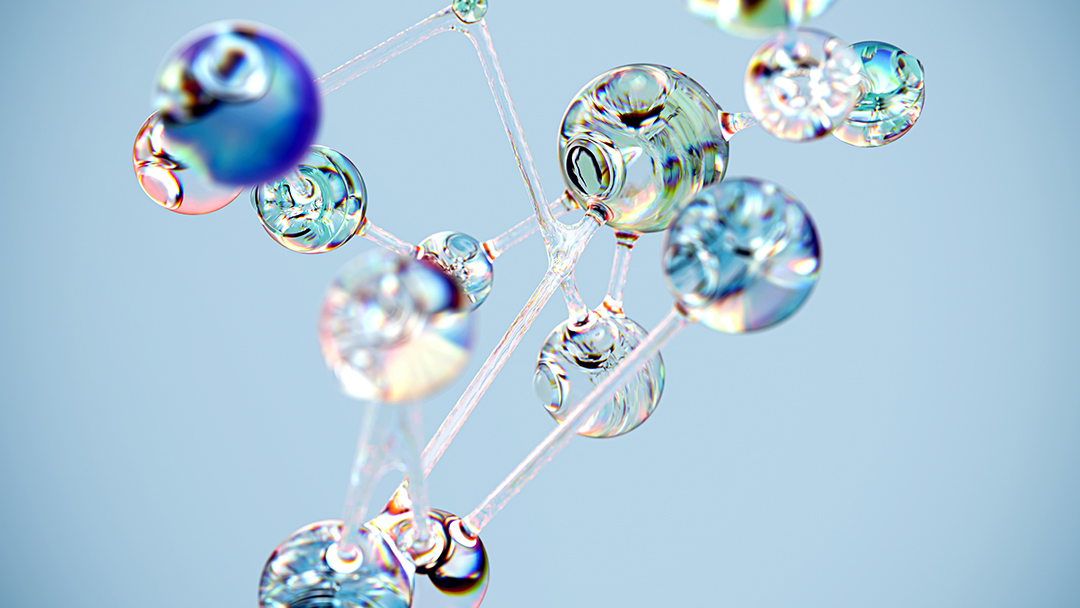
Computer system helps scientists understand how cancer could be reversed
BENEIN is a computer network that can identify the master regulators that cause normal cells to go cancerous.
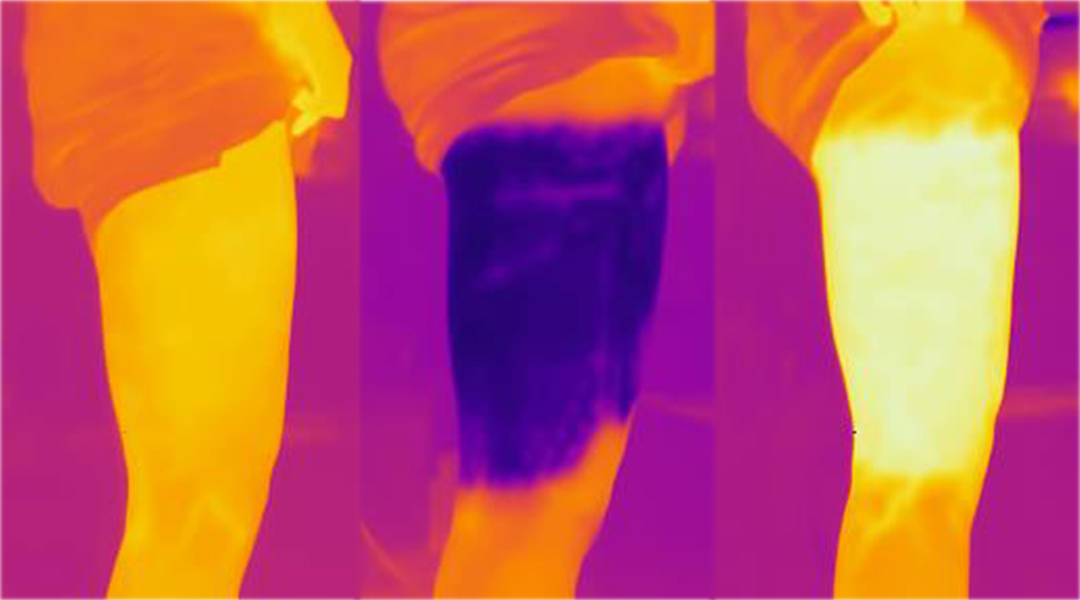
COOLWEAR: Water immersion therapy without waste
The fluidic wearable device is less wasteful when it comes to water, but equally effective alternative to water immersion therapy.

A theory of frozen stars challenges our understanding of black holes
Linking string theory with observations, frozen stars shed new light on black holes and the clash between quantum mechanics and relativity.

Biowaste finds new life in energy-harvesting devices
In the future, small electronics could be powered by fallen leaves, shed fur, and other waste materials found in nature.
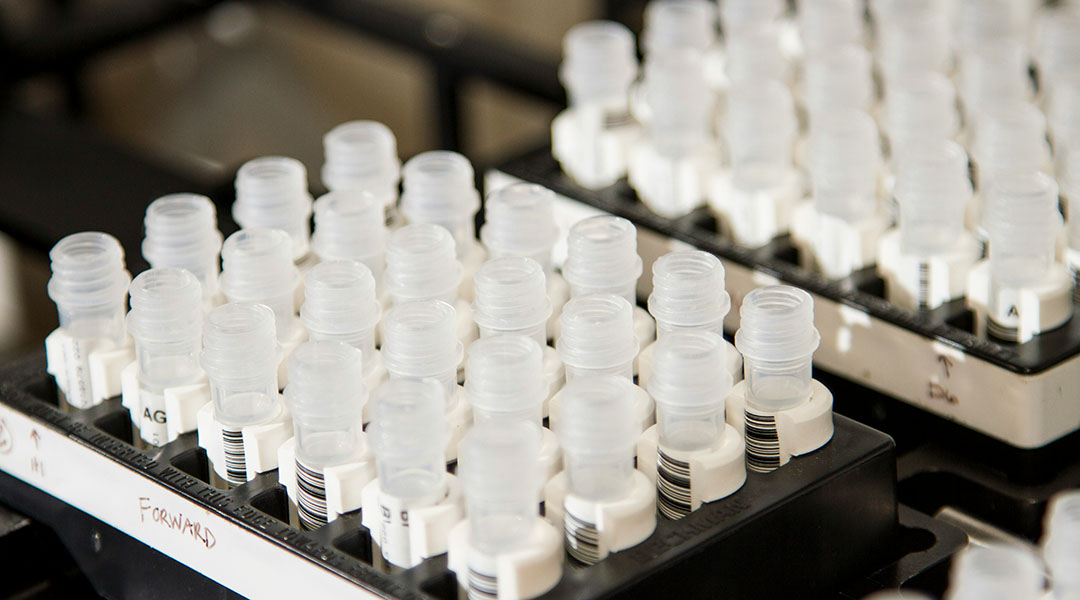
Click chemistry makes “switchable” drug carriers that minimize side effects
Scientists develop new drug delivery system that targets tumors then exists the body using “switchable” chemistry.
ASN Weekly
Sign up for our weekly newsletter and receive the latest science news directly to your inbox.
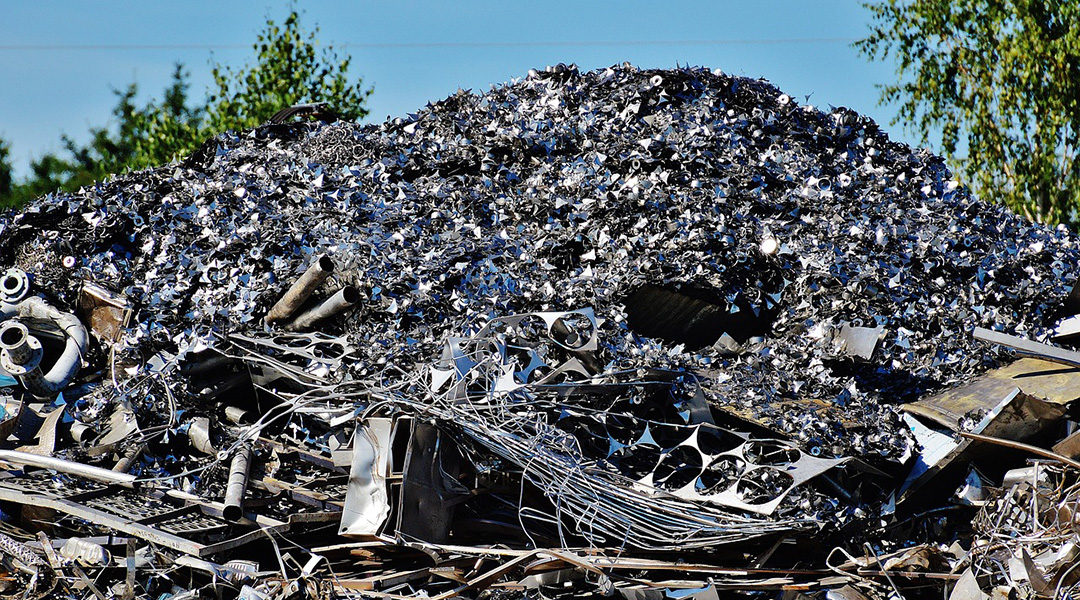
Tackling e-waste by making electronics compostable and recyclable
Researchers are tackling the growing problem of electronic waste by designing wearable electronics from sustainable and recyclable materials.

Photoacids capture and release carbon with the flick of a switch
Scientists develop a light-driven carbon capture system using photoacids, creating an energy-efficient method to remove atmospheric carbon dioxide.
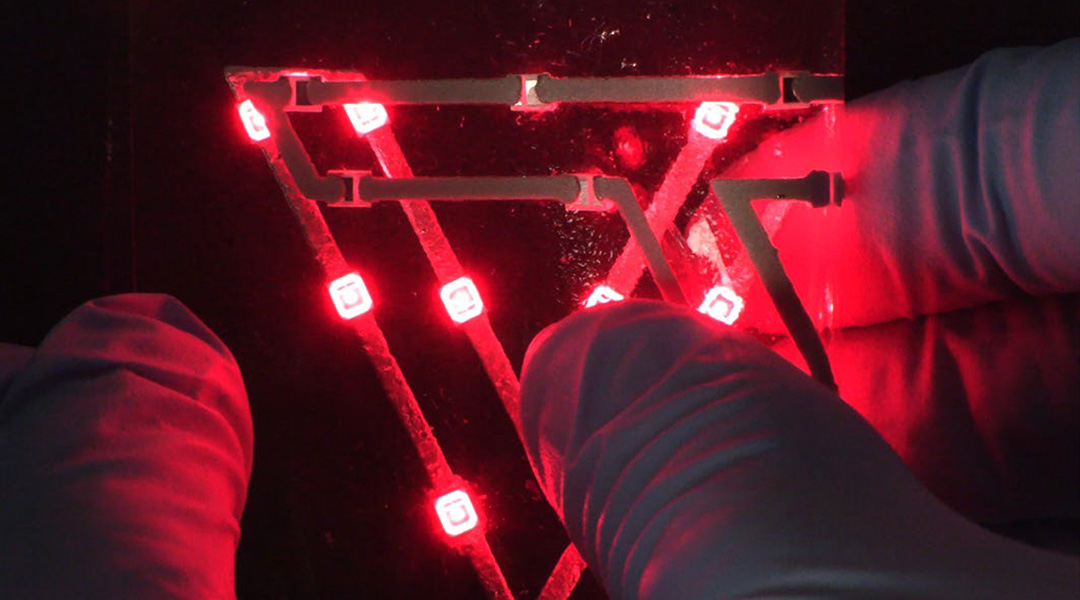
Liquid metal adhesive holds fast for durable, flexible electronics
E-CASE liquid metal adhesive enables flexible connections to make better, tougher flexible electronics for wearables and robotics.
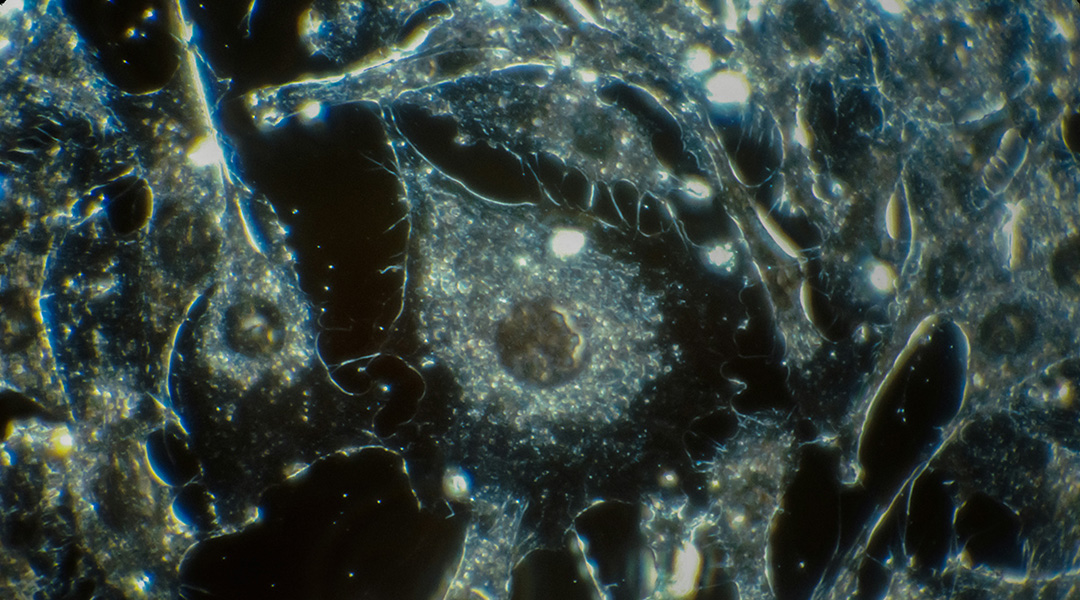
Killing cancer cells with a molecular jackhammer
Mechanical therapy physically breaks down cancer cells and could help overcome the problem of treatment resistance.

New study reveals surprising impact of screen time on the developing brain
Researchers have found a trade-off with screen time and the cognition, behavior, and brains volume of adolescent and young children.
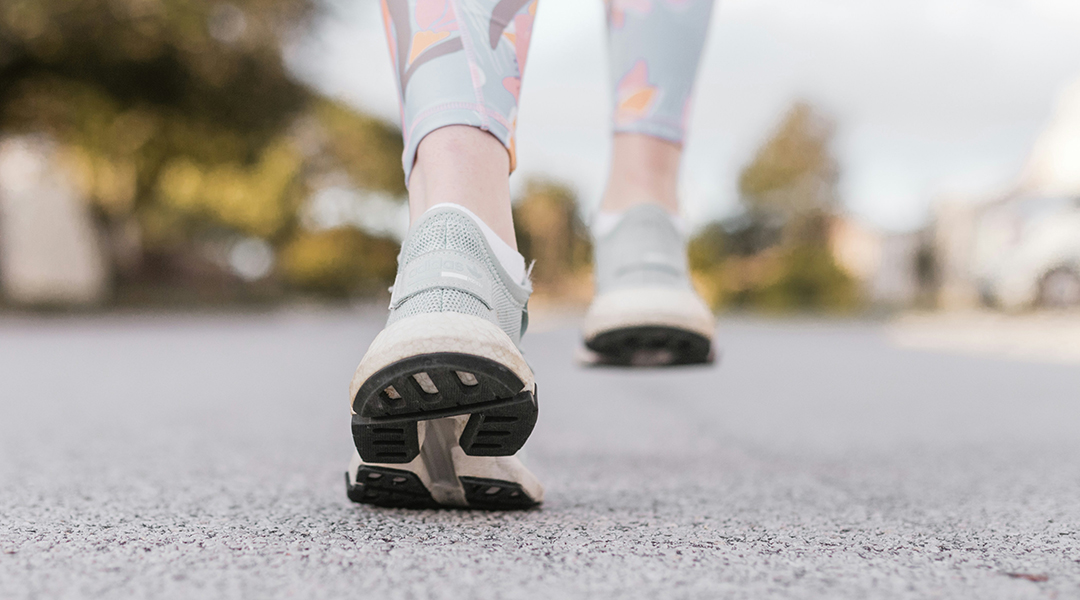
Electronic socks prevent foot-related complications in diabetic patients
An electronic sock detects an “unhealthy” walking style linked with diabetes and poor circulation to prevent foot ulcers and amputation.
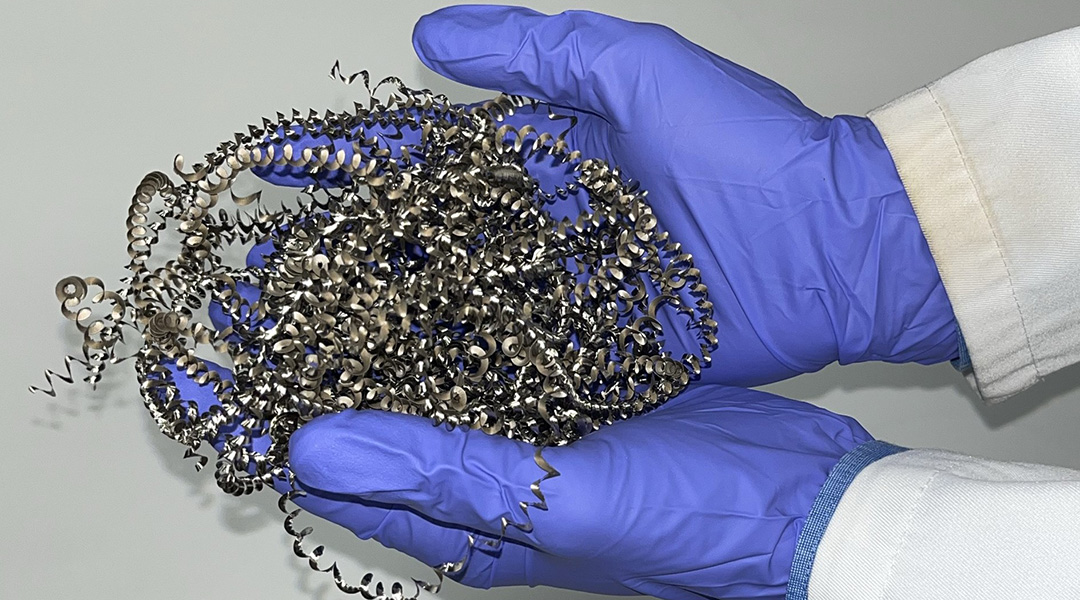
Turning industrial waste into clean hydrogen fuel
New technique uses waste metal shavings to catalyze hydrogen production, turning nothing but trash and water into clean, renewable fuel.
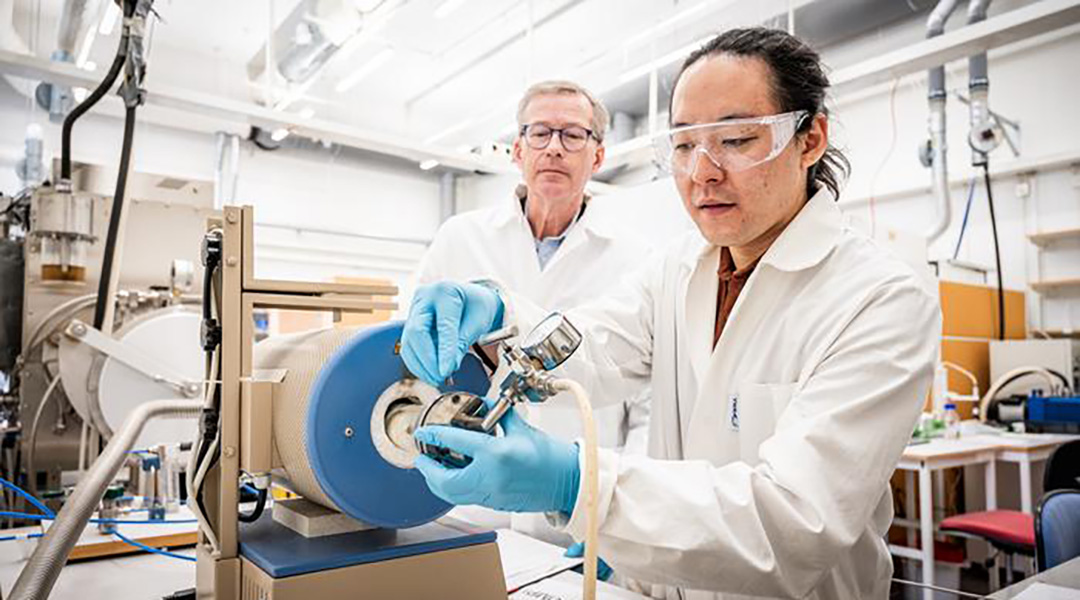
Goldene, graphene’s golden cousin produced for the first time
Scientists have managed to create sheets of gold only a single atom thick using a hundred-year-old Japanese smithing method.
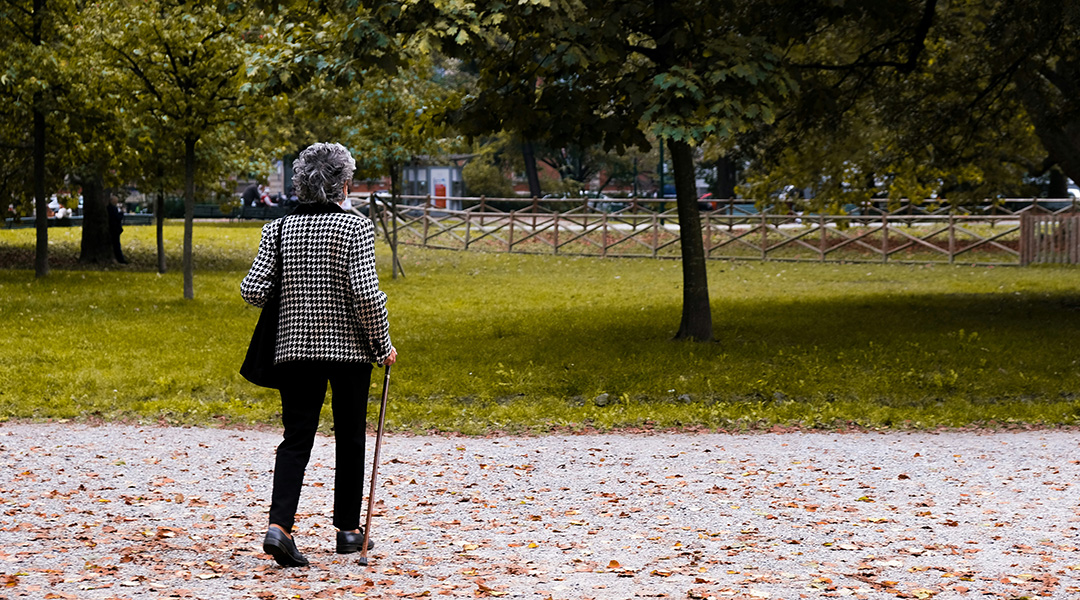
Stronger evidence links sedentary behavior and frailty in old age
Data gathered from hundreds of thousands of individuals finds strong link between sedentary behavior and becoming frail, simple changes can help.
No Results Found
The page you requested could not be found. Try refining your search, or use the navigation above to locate the post.
No Results Found
The page you requested could not be found. Try refining your search, or use the navigation above to locate the post.
No Results Found
The page you requested could not be found. Try refining your search, or use the navigation above to locate the post.
No Results Found
The page you requested could not be found. Try refining your search, or use the navigation above to locate the post.
No Results Found
The page you requested could not be found. Try refining your search, or use the navigation above to locate the post.
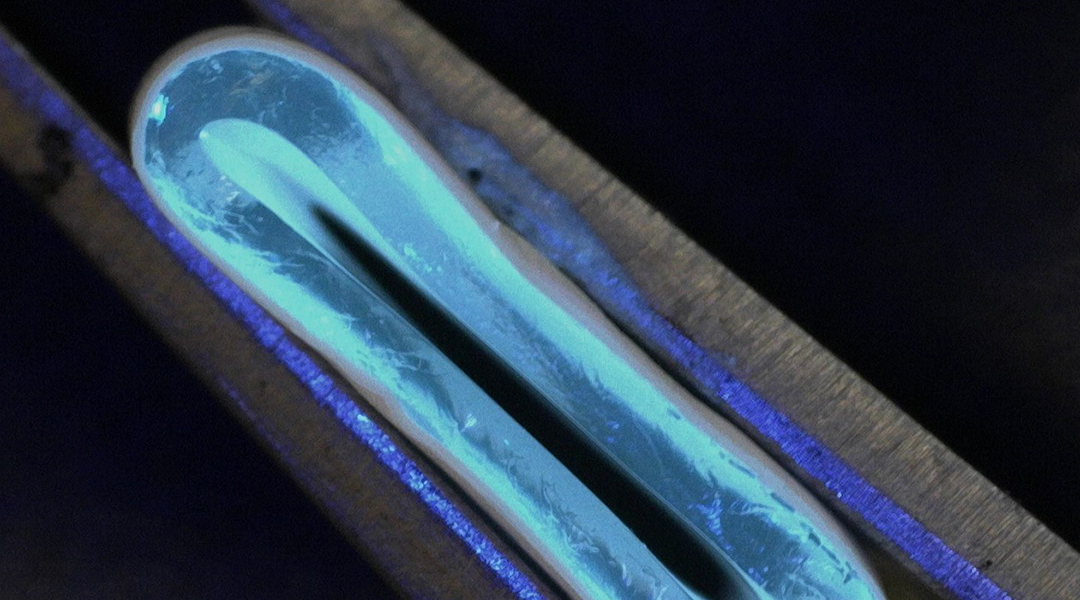
A safer, more flexible graft gets to the heart of coronary artery bypass
Using a hydrogel coated with electrospun nanofiber, a new artery graft offers safer coronary artery bypass interventions.
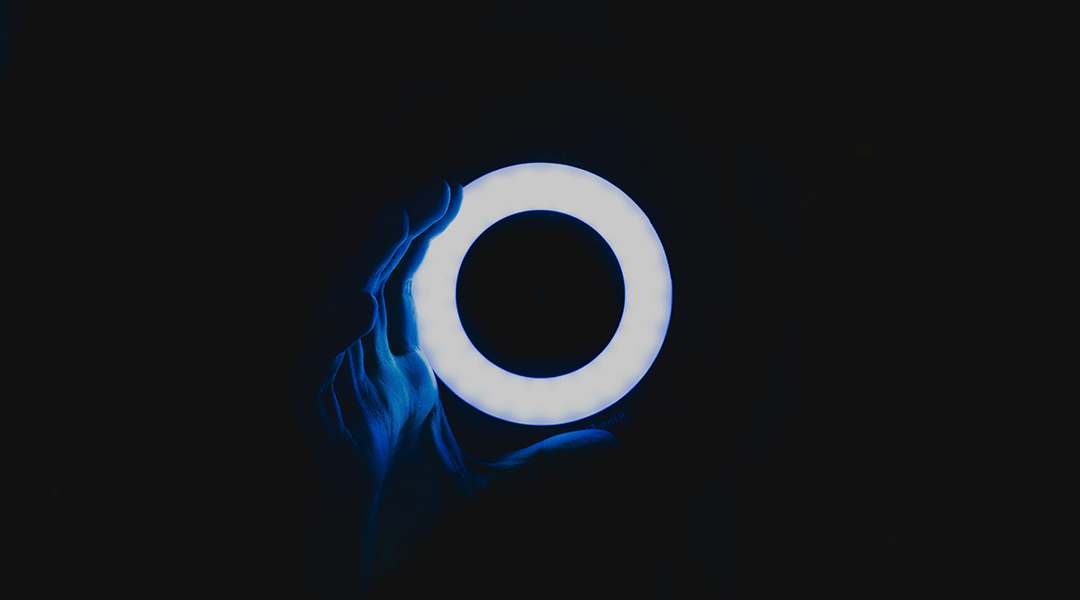
Scientists shed light on antidepressant effects of bright light therapy
A mouse study provides new insights into the brain mechanisms behind the effectiveness of SAD lamps in alleviating depression.
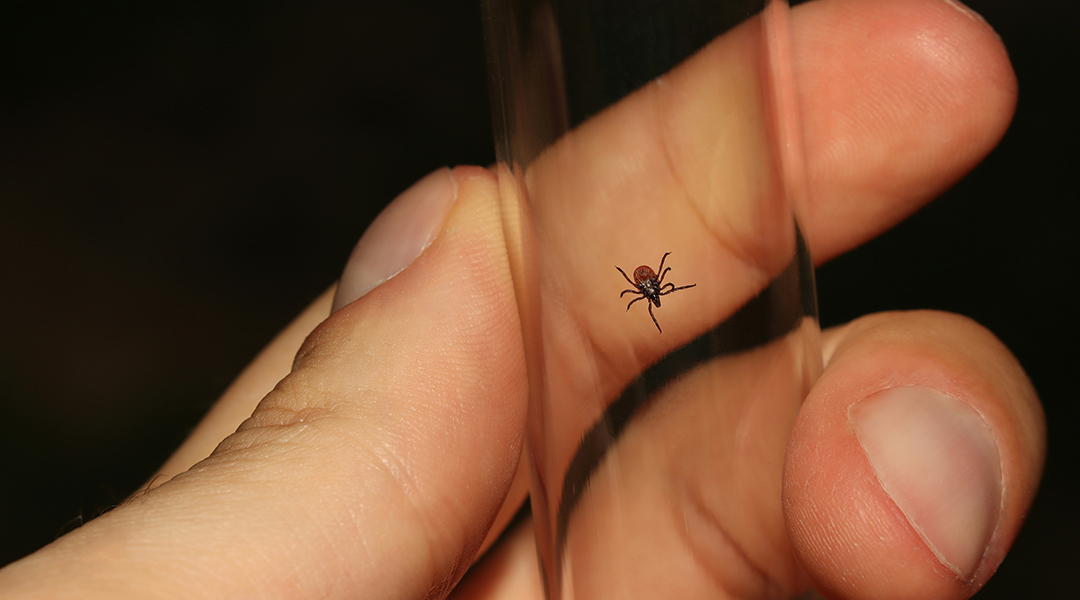
Red meat allergy on the rise, thanks to tick bites
An allergy to red meat known as alpha-gal syndrome is brought on by tick bites and is becoming a global issue.
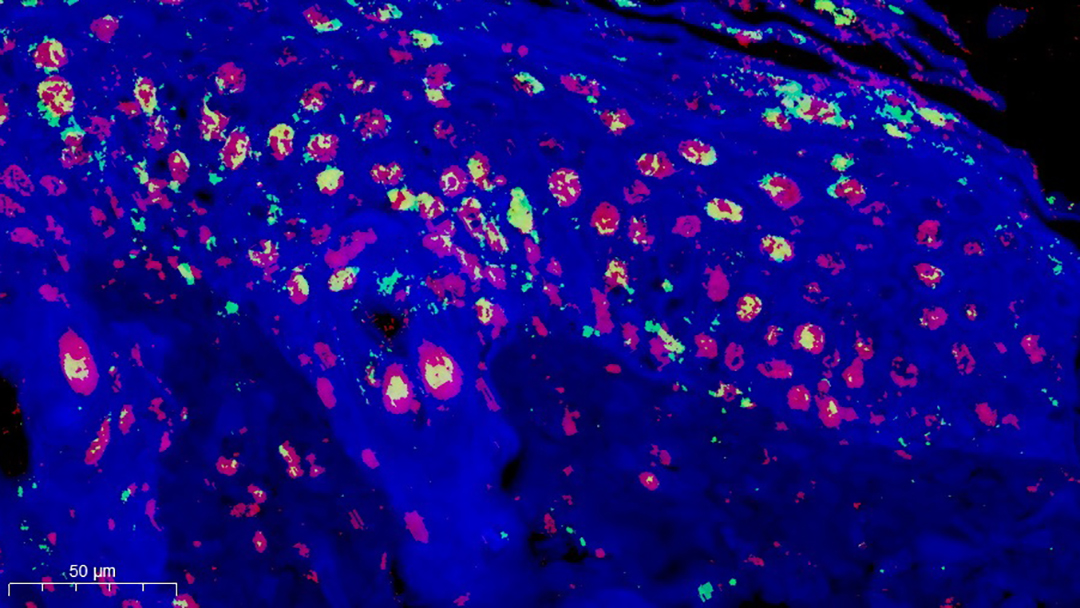
Zwitterions speed up healing in diabetic wounds
Zwitterionic hydrogels boost healing in diabetic wounds by balancing the immune response, reducing inflammation, and promoting tissue growth.
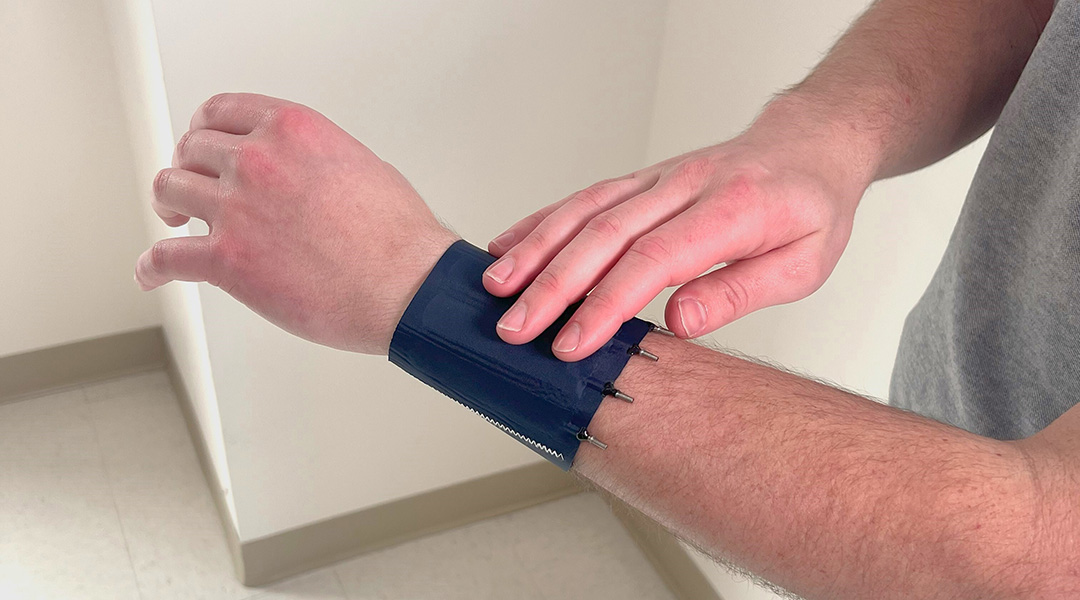
This haptic sleeve is moving wearable technology beyond smartwatches
A haptic sleeve combines a new kind of on-demand information with soft textiles, taking haptic technology to new levels.

A brain–computer interface could slow cognitive decline
This new brain–computer interface detects weakened brain signals and boosts them to healthy levels, potentially reversing cognitive aging in the brain.
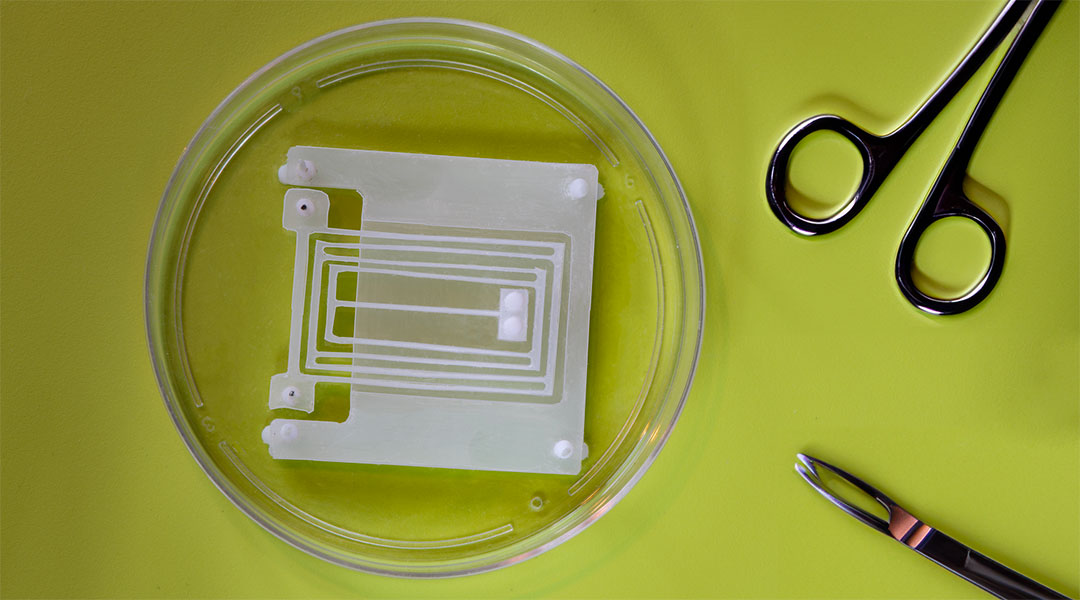
Future biohybrid robots to be powered by living muscle tissue
These biohybrid machines combine robotics with living tissues to create flexible robots powered by biology.
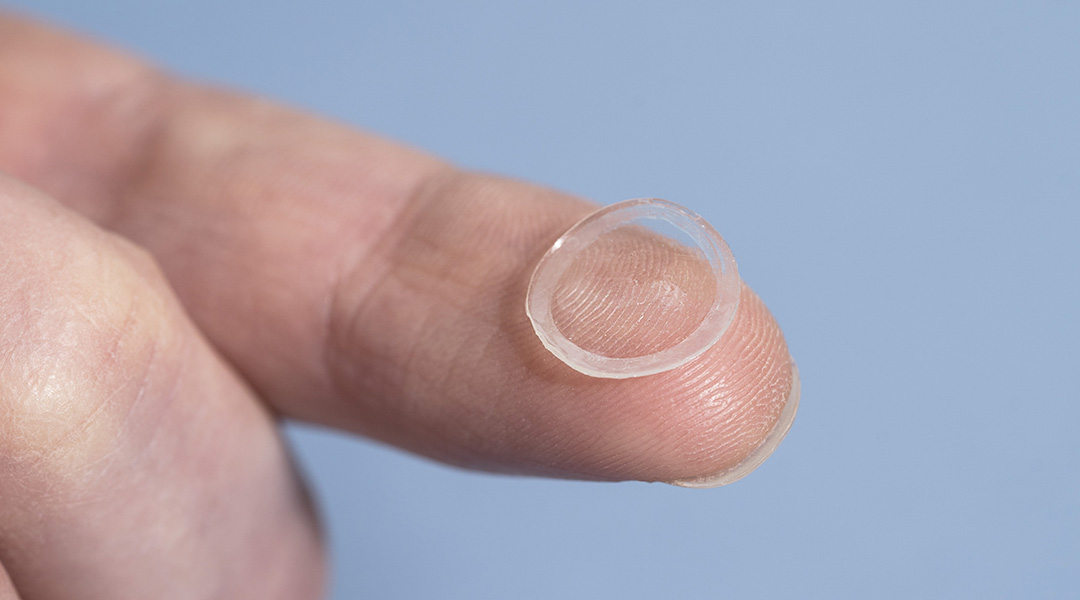
These “living” contact lenses self lubricate to avoid dry eyes
Bacterial biofactories embedded in the rim of the lens continually produce hyaluronic acid, a natural lubricant, to keep the contacts moist.

Athina Anastasaki: New ways to recycle old polymers
Polymer chemist Athina Anastasaki talks about establishing her career, inroads into polymer recycling, and resilience in academia.
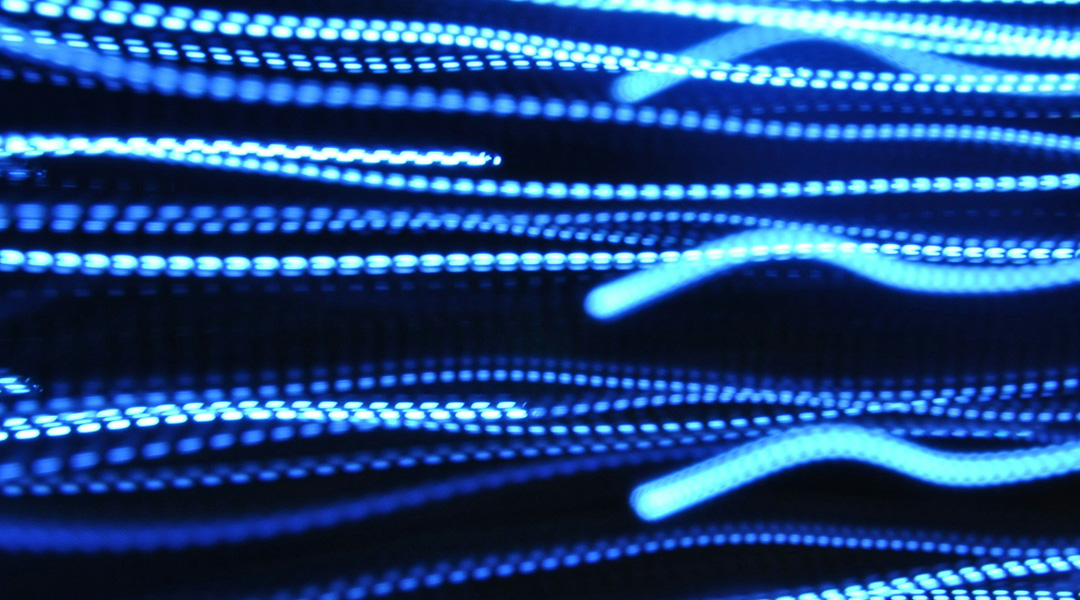
Sustainable batteries get a boost from new lithium-ion conductor
The new material rapidly transports lithium ions through its structure and could help make rechargeable lithium-ion batteries safer and more efficient.
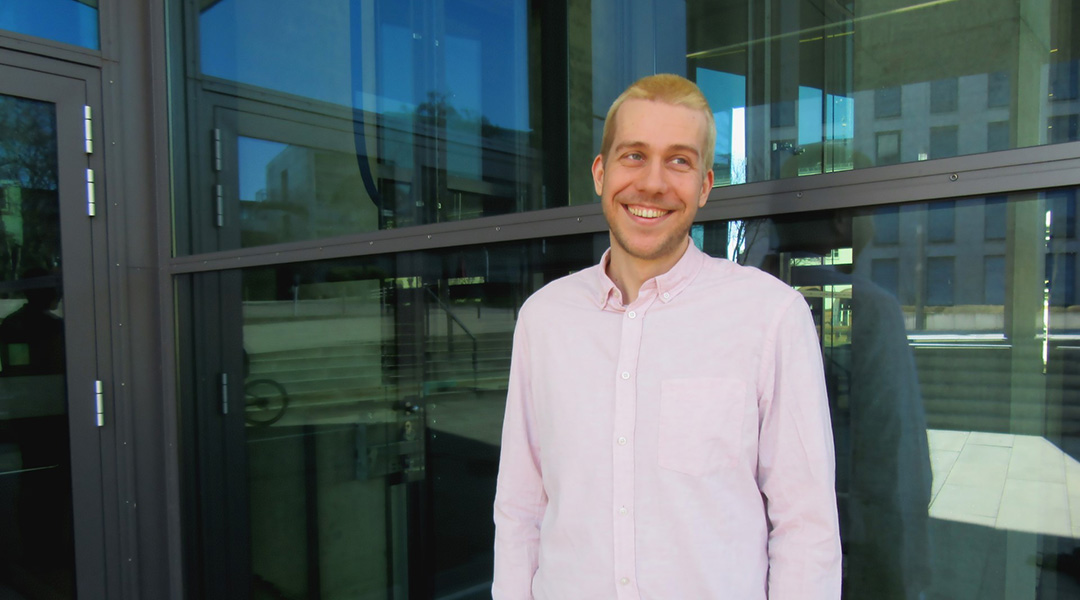
How research into existential risk will help safeguard humanity
Florian Jehn combines pragmatism with optimism when considering potential threats to human civilization.

Tackling e-waste by making electronics compostable and recyclable
Researchers are tackling the growing problem of electronic waste by designing wearable electronics from sustainable and recyclable materials.

Laser light induces magnetism at room temperature
Scientists create magnetism in a non-magnet at room temperature for the first time, with implications in quantum tech and computer science.

Could AI be the reason we haven’t encountered alien civilizations?
A sensational paper argues that AI could be responsible for the scarcity of advanced technological civilizations in the Universe.

Hidden dark matter stars and where to find them
While dark matter’s enigmatic nature persists, Proca stars made of dark photons could help shed light on this cosmic mystery.

This mathematical tool could improve how fast information is shared
Researchers develop “relative attention entropy” to optimize data transmission, aiding AI learning and communication systems.
